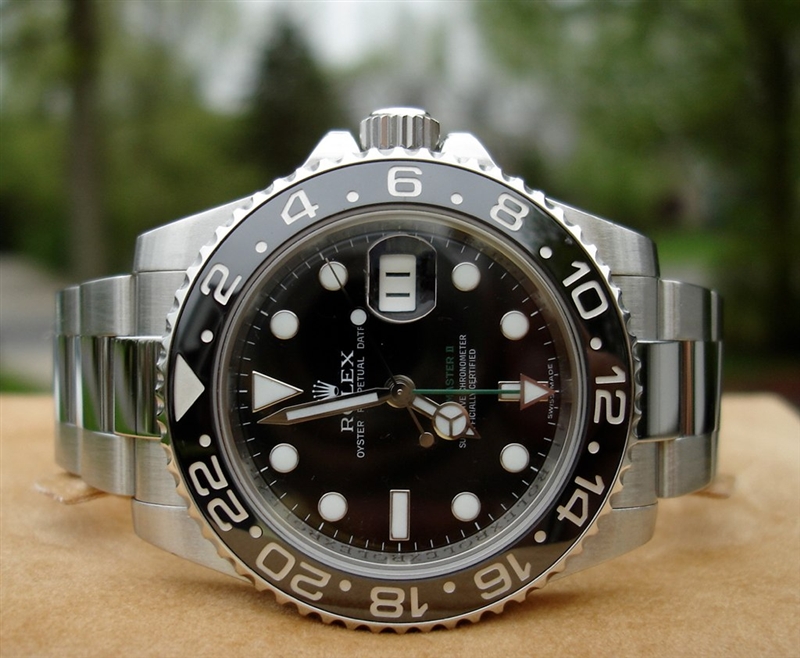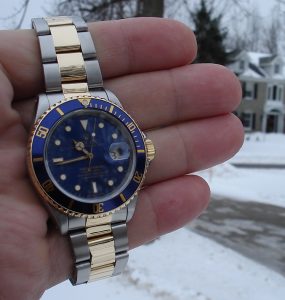As Seiko-watchers will notice that the Grand Seiko has gradually become distinctive and entity; one of the most significant developments at Grand Seiko was the decision last year, to make Grand Seiko its own brand, instead of a sub-brand under the larger Seiko banner. The disappearance of the Seiko logo from the dials of Grand Seiko watches did away with what had always been a bit of redundancy and although the gesture was largely symbolic, it does say something about how the replica Grand Seiko sees itself evolving in the years to come.
Grand Seiko has not been a brand whose good name was driven by limited editions; on the contrary, the natural scarcity of Grand Seiko in the USA lent Grand Seiko cheap replica watches an organic exclusivity. While, Grand Seiko limited editions have started to appear in recent years, with unusual dials and in some instances, in valuable metals – and at price points – which are something of a novelty for Grand Seiko in the U.S. market.
The 44GS-style cases will be provided in steel, 18k rose gold, and platinum and each will feature a variation on a new dial design. The dials have a very intricate pattern which, like the fan-favorite Snowflake dial, are not a literal illustration of anything, but are instead a kind of abstraction of organic forms that can evoke many different things.
The dial was encouraged by one created for this amazing model, which was a Hi-Beat model that from what I’ve been able to find, was in the Grand Seiko catalog only in 1970 and which featured, in addition to this unusual dial, a very nice hammer-textured gold case.
The steel model has the unique eye-catching dial of the three – the dials for all three models are very absorbing visually, but the steel model has a light blue finish with a particular gemlike quality, shifting in color and saturation relying on the direction and intensity of the light.
Pricing, production numbers, and release date are all TBD for the moment, but I’d hope these to release sometime this fall; it seems reasonable to guess that prices will more or less approximate those of the Baselworld Hi-Beat limited editions, in platinum, gold, and steel. The quality remains as inexplicably high for the price asked as ever, and for the moment, they remain a bit of an insider’s fake watch – if not exactly a well-kept cult secret, then at least a token of discernment, and an open-minded willingness to see the quality for what it is.


